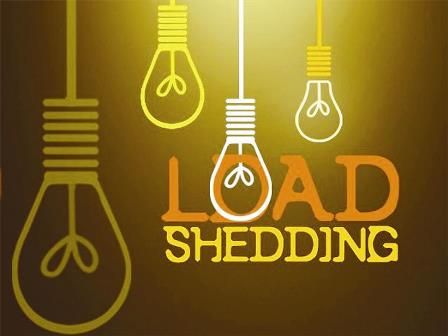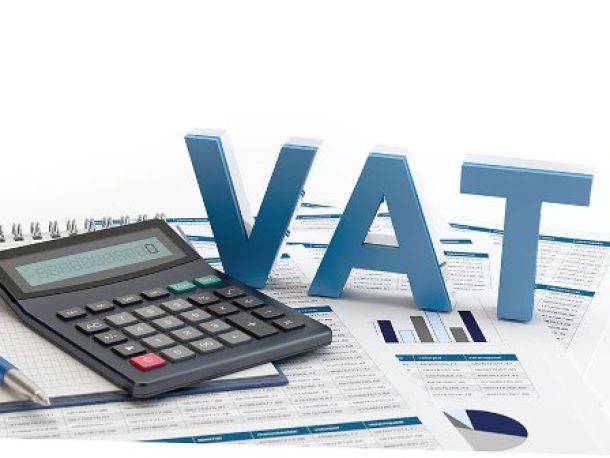
Load shedding a pain in your pocket? Here’s how you can protect your business from power cuts
By: IOL
South Africans have had to contend with load shedding for many years now. Load shedding started as an annoyance and has become a destructive force not only to people, but businesses as well.
Some entrepreneurs have had to shell out hundreds of thousands of rands to stop their businesses from haemorrhaging money as rolling power cuts leave food spoiled, electrical appliances unusable and more.
In 2024, power outages will be among the top issues that the country will continue to face according to the managing director at Nashua Kopano, Chris Kruger.
“Businesses are also facing continuous increases in the tariffs they pay for an unreliable power supply. They are also under pressure to reduce carbon emissions,” said Kruger.
“Businesses that are the best at protecting themselves against the disruptions and high operational costs of load shedding will be able to get a significant competitive advantage.”
He offered these six steps for businesses that can improve energy resilience and efficiency this year:
Partner with a trusted energy solutions provider
Energy efficiency and availability to power should be handled as strategic rather than tactical issues.
A smart place to start is by looking for a partner that can assist you in increasing your company’s sustainability and energy efficiency.
Find a partner who can assess your energy demands holistically and collaborate with you to develop a long-term strategy.
With hardware prices falling owing to increased demand and overstocking, the only major variable is a reliable energy solutions supplier.
Audit your energy usage
Before introducing alternative or backup energy solutions, conduct an assessment of your present energy use.
This will allow you to better understand your electricity use trends as well as any possible energy waste in your surroundings.
Smart power data recorders that use the internet and clever automation software can help you get the precise data you need to manage your energy use.
Improve efficiency
Before implementing alternative or backup power solutions, it is prudent to increase your energy efficiency.
Smart thermostats, smart lighting, and smart plugs can help you minimise power waste by, for example, keeping lighting on while no one is in the office or leaving energy-intensive appliances and equipment turned on when not in use.
Other fast wins include replacing less energy-efficient devices and equipment, such as outdated printers and PCs, with newer models.
This allows you to cut consumption and begin the transition to alternative energy.
Create your roadmap
With a more optimised environment, you may begin to develop an energy-efficient approach that suits your long-term requirements.
To design your plan, consider what is most essential to your company right now and what you want to accomplish.
In the near future, determine which devices you want to keep functioning during load shedding and for how long.
This will assist you in sizing the alternative power and backup options you require. However, you should also consider how your energy plan might help you cut energy expenses and carbon emissions over time.
Choose and implement solutions
With a strategy in place, you can begin to implement your energy solutions. It is not required to use a big bang strategy.
You may begin with modular solutions that meet your most pressing demands, and progressively increase your energy independence.
Each energy solution has advantages and disadvantages, so you must ensure that the one you pick meets your requirements.
Monitor and optimise
It is critical to continually assess how effectively your energy strategy is working for you.
Intelligent monitoring software may provide more detailed real-time information, allowing you to track your power use.
Include the business continuity and sustainability benefits in your calculations.
News Category
- International retailers
- On the move
- Awards and achievements
- Legislation
- Wine and liquor
- Africa
- Going green
- Supplier news
- Research tools
- Retailer trading results
- Supply chain
- Innovation and technology
- Economic factors
- Crime and security
- Store Openings
- Marketing and Promotions
- Social Responsibility
- Brand Press Office
Related Articles

Empowering South African households through gro...

SPAR shares practical tips to beat food inflation

South African motorists could be paying up to R...

Big VAT changes on the cards


